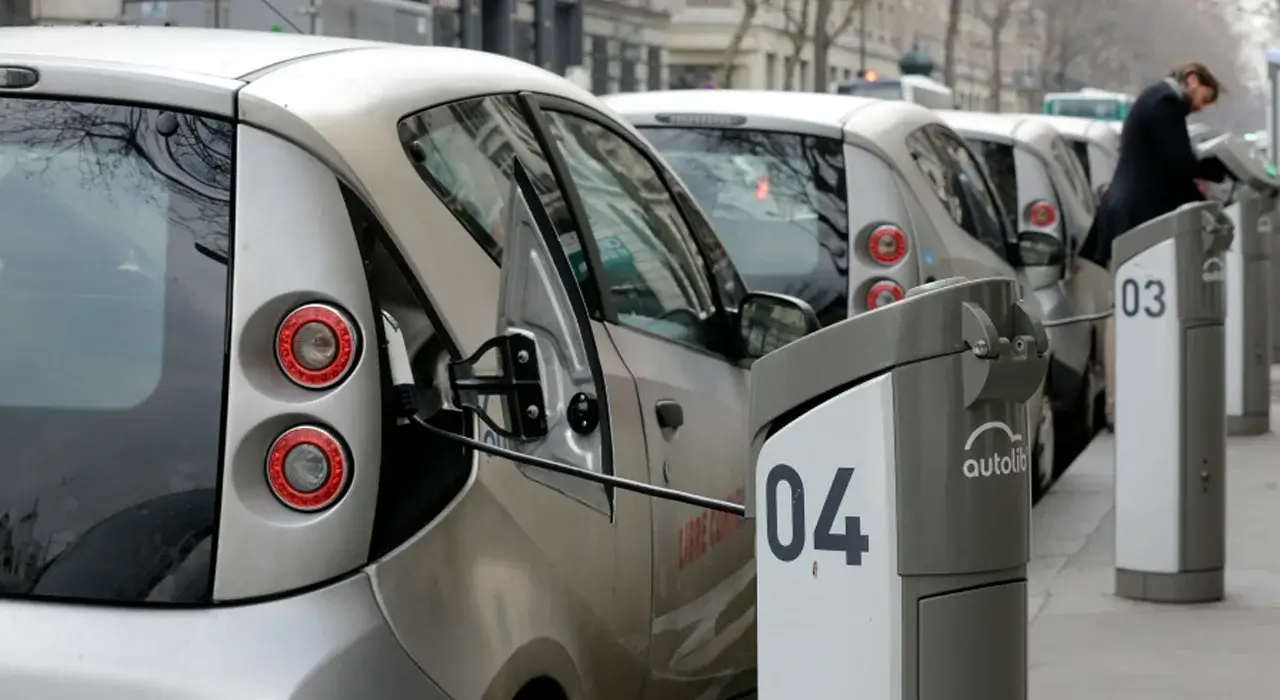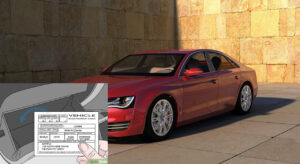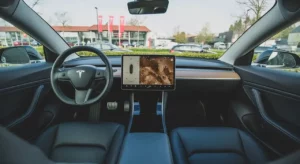The rise in interest in electric vehicle (EV) rental services like Zipcar, Relay Rides, and GetAround has been steady but not without bumps along the way.
In fact, just last week, we saw Tesla’s stock drop after plans were announced to sell a massive quantity of vehicles to rental companies like Hertz. Despite this dip in price, however, the EV market as a whole continues to grow, with more companies entering the industry every year.
This growth is fueled largely by two things; firstly, Americans are becoming increasingly concerned about climate change, which has led many to make green choices such as switching to an all-electric or hybrid car. Secondly, there’s also the convenience factor – people want to be able to get around whenever they need to without tending to a vehicle they own. With gas prices steadily increasing, these factors have combined to create a perfect storm for electric car-sharing.
According to Clean Energy Research Center data, nearly 50 million American households could save over $5 billion per year if they switched to EVs. That number may seem large, but when you consider how much money consumers spend on fuel alone ($1,600-$2,000/year), even saving half a billion dollars can help offset some costs. This makes electric vehicles one of the best investments individuals can make today.
Why the Growth In Rentals and Ride-Shares Specifically?
But why exactly does the demand for renting an electric car exist in the first place? It turns out that most drivers don’t actually drive very far during their daily commute – only 4% travel further than 10 miles (16 kilometers). Instead, many would prefer to simply share someone else’s car while using public transportation instead of paying for parking.
Suggestion: 2022 Ford F 150 Lightning Electric Truck Pricing, Review, Specs
These trends aren’t unique to America, though. Similar statistics were reported in Australia, where 75% of all trips happen within 3km of home. For example, 81 percent of Australians live within walking distance of public transportation, and 60 percent rely solely on public transit to get to work. And as for China, almost 90% of Chinese citizens say they use public transportation to get around.
So what happens when millions of people decide to take advantage of shared mobility solutions?
How Does Shared Mobility Work?
As mentioned above, most people who participate in car-sharing services do so because they’re located close enough to walk to public transportation — either on buses or trains. This means that instead of having to pay hundreds or thousands of dollars to park your car somewhere, you’re now free to utilize other people’s spaces. That’s why car sharing market is growing so fast.
These spaces typically range between 5 to 15 minutes away from your destination. However, the closest available space doesn’t always meet your needs. Plan to leave early in the morning or late at night, for instance. You might find yourself waiting longer than usual for a spot closer to your final destination.
Car-sharing companies will sometimes charge extra depending upon the length of time used to solve this problem. Some offer hourly rates, whereas others require users to commit to a monthly rate. Another perk offered by many programs is accessing certain areas through a special membership card.
Related Post: New 2022 Rivian R1S Electric SUV Pricing, Specs – Buyer’s Guide
With these perks come new challenges, namely finding reliable partners willing to provide the service. Companies must deal with issues such as fraud, vandalism, theft, insurance coverage, liability, and consumer protection laws.
They must also ensure that members receive proper training before being allowed behind the wheel. Lastly, program creators must figure out ways to incentivize participation.
Most car-sharing organizations follow similar models, including providing clean cars for members to use and charging fees based on usage. However, unlike traditional taxis, car-sharing customers usually won’t incur any additional charges beyond normal gas expenses (in the case of non EV models, which have existed for some time with companies like Turo).
Who Uses These Services Today?
While car-sharing isn’t a new concept, it wasn’t until recently that it began gaining popularity among mainstream audiences. Before 2010, few people had heard of it. Nowadays, however, car-sharing options are starting to appear in airports across Europe and Asia. As of 2014, several countries throughout Latin America already operate successful car-sharing programs.
One company leading the charge here in America is Getaround. According to Bloomberg Businessweek, Getaround was responsible for 40% of all car shares in San Francisco in 2015.
Since then, the startup hasn’t looked back. By 2016, it boasted 2,800 cars parked in 1,200 spots. Its success inspired Lyft to offer a similar option called Zimride earlier this year. Like Getaround, Lyft offers electric car-sharing services in multiple cities.
So, what’s the advantage of electric cars for this service?
Sustainability
Owning a personal vehicle often contributes heavily to air pollution and greenhouse gases. A recent study conducted by researchers at Carnegie Mellon University found that U.S. motorists spent 87 hours a year stuck in traffic congestion due to road construction projects. During peak commuting hours, these commuters emitted carbon dioxide equivalent to the annual emissions of a small city. While the study focused specifically on urban commuters, similar results likely apply to rural residents too.
Economical
It’s much easier to make these programs efficient when it comes to electric vehicles. With gas-powered vehicles, you have to worry about the issue of users filling the cars back up with gas, keeping track of gas levels, etc. Even though you can charge the users’ credit card for failure to refill the tank, it still presents hangups. With electric vehicles, it’s as simple as plugging the vehicle in when you drop it back off. It really doesn’t get much easier than that.
Around 2019, many publications and news outlets considered this trend all but dead. There were even headlines like this one declaring that the experiment was over.
However, a resurgence has breathed new life into this industry. This time, it seems there’s some real driving force behind this new wave of popularity. It certainly pays dividends to multiple parties and seems to be an increasingly popular idea.
The owners of the companies thrive, but the renters save money on car expenses. Perhaps most importantly, it reduces the overall carbon footprint of our society, rewinding years of damage done to our environment from combustion engines.
For more information on how you can get on board, check out the new ride-sharing service Blink Mobility and the options they have in a city near you.





